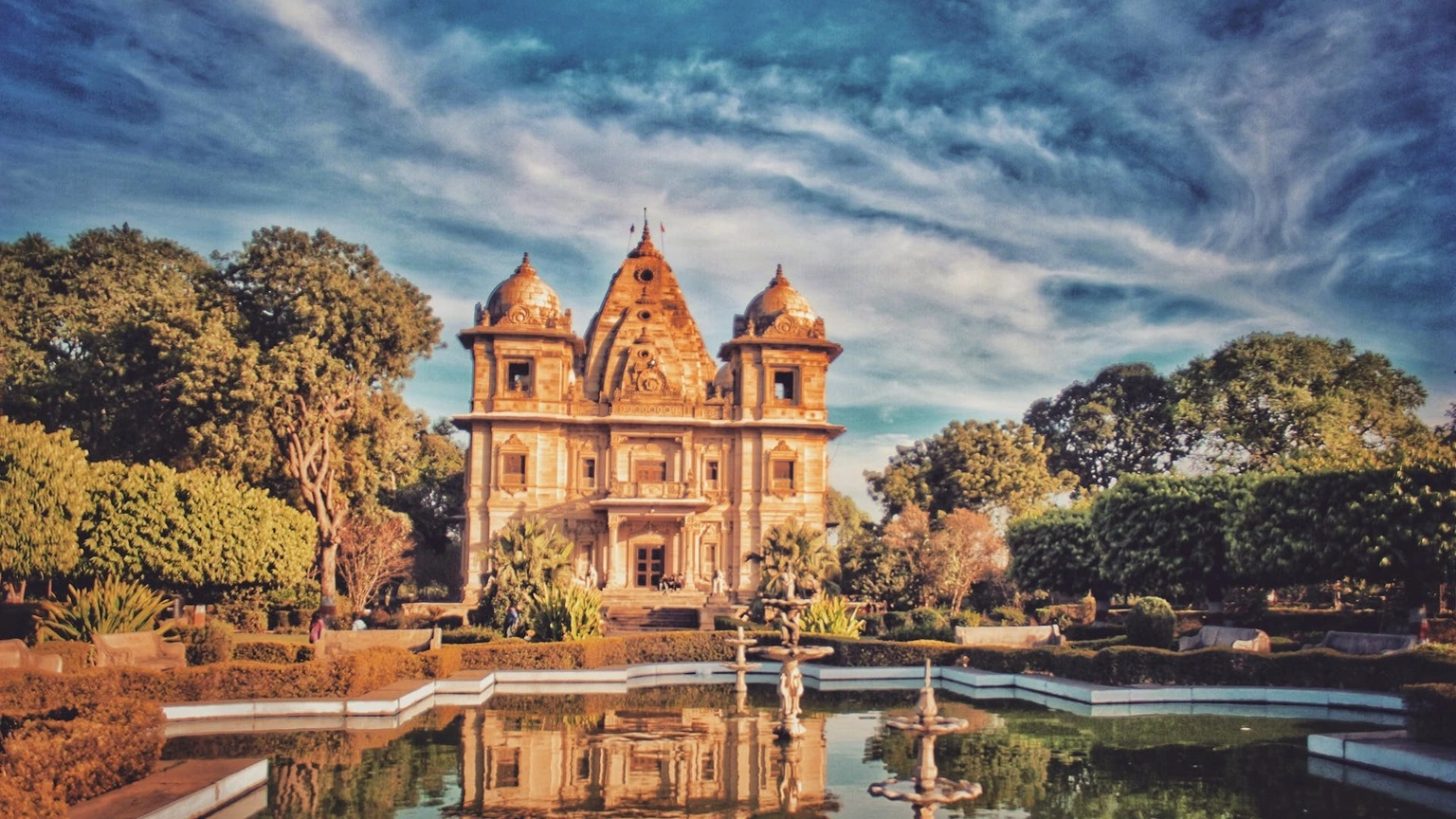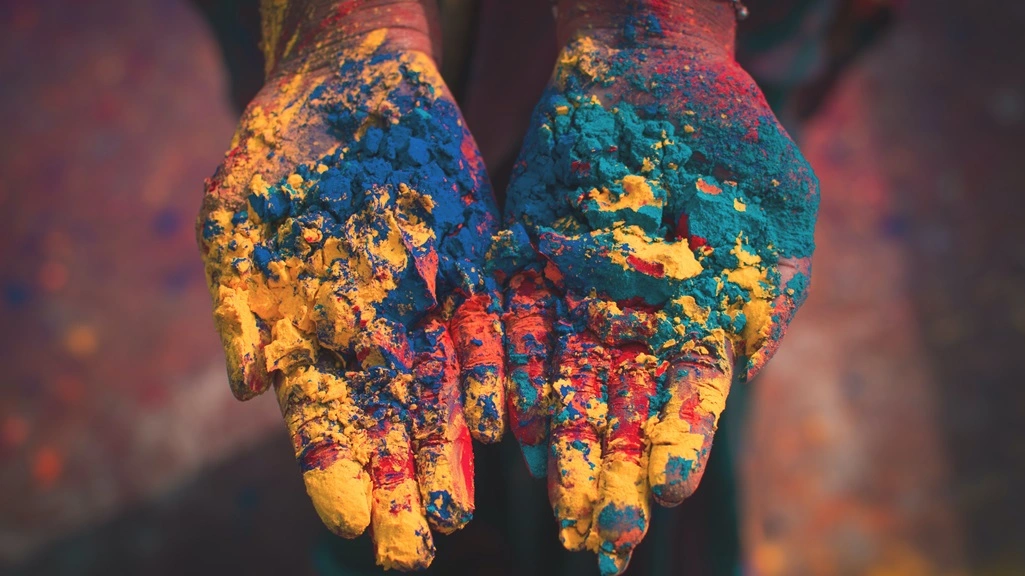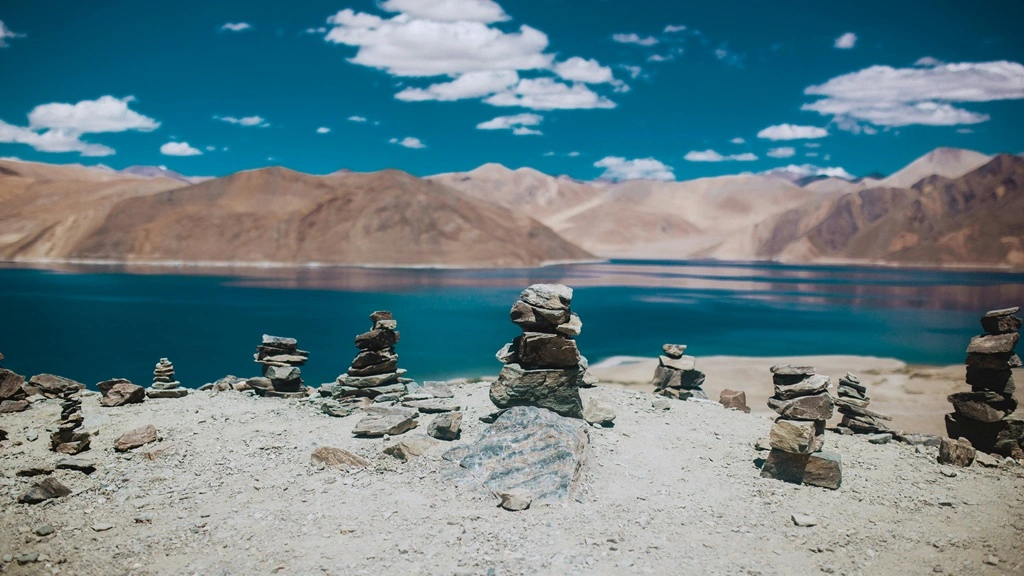
Nothing compares to the deluge of sights, sounds, and sensations that this continent-sized nation in the centre of Asia has to offer when it comes to fully engaging your senses.
To see and comprehend all the nuances and facets of this 1.4 billion-person country would take a lifetime. But you can learn to traverse this country’s richness—from its snow-capped peaks and smooth beaches to its ancient temples and opulent palaces if you put in a little advance planning.
The process starts even before you travel we’ve compiled the most important information you should know before visiting India. Get your Indian visa online to ensure a seamless travel to the subcontinent. Continue reading for 10 more expert suggestions that will help you have the trip of a lifetime.
Organise your journey according to the seasons
India is known for being hot and muggy, the country actually has a very diverse climate due to the country’s densely packed beaches, mountains, hills, coasts, and plains. While much of the country has rainy weather from June to September due to the southwest monsoon, this is the ideal time of year to explore the high-altitude deserts of Ladakh, however you run the danger of running into landslides and floods depending on your route.
There is also a milder rainy season in the extreme south, which runs from October to December. Although March onwards sees excruciatingly high temperatures and humidity in the run-up to the monsoon, October to May is the best time of year to travel. For better hiking conditions and milder temperatures, consider visiting the foothills of the Himalayas if you happen to be in India during the spring.
Get insured
In India, travel insurance is a must. Wherever you go, you can discover that public hospitals are ill-equipped. Furthermore, prior to receiving treatment, the majority of private clinics and hospitals demand payment. Verify that you have insurance for both emergency evacuation and any adventurous activities you intend to partake in.
In the unfortunate event that you become a victim of crime, call the national emergency number, 112, or the local police station. Make a report to the police in order to submit a claim for your travel insurance.

Plan ahead during peak periods and holidays
During November to February, India may get extremely busy, therefore this is the busiest time of year for finding cheap lodging. Making reservations in advance is advised, whether through the venues directly or through booking aggregator websites like MakeMyTrip and Agoda.
Whenever feasible, purchase rail tickets in advance, especially for well-traveled lines. Tickets can be purchased more conveniently through local booking websites like 12Go or Cleartrip, or through the government booking site IRCTC, but with some inconvenience.
Plan your comms before you travel
Having a local SIM card facilitates several things in India, such as making reservations for trains or placing online orders for meals. When you are there, find a phone shop to register you for a local pay-as-you-go SIM package if you have an unlocked phone from home or one you can buy locally. To finish the application, you’ll need to bring copies of your passport ID pages and passport photos.
Indian women dancing while covered in colourful powder on Holi.
What to eat and how to eat it
In India, there are numerous religions with distinct dietary laws. Many Hindus and Buddhists abstain from beef, Muslims shun pork, and some follow vegetarian or vegan diets. Many Jains are vegetarians who aim to refrain from harming any living thing, including potatoes, onions, and garlic. They also avoid eating some vegetables. It’s easy to obtain vegan and vegetarian meals in India because to these regulations.
It is customary in many eateries, especially in southern India, to eat with your hands. Remember to eat with your right hand and take your cue from other diners in the restaurant. Using your fingers, combine the rice and curry to form balls, then press them into your mouth with your thumb. Certain thalis, which are plate meals made up of several dishes served simultaneously, are served on banana leaves that have been washed and quickly heated rather than on plates. Read More..
Respectful behaviour in places of worship
India takes religion very seriously, thus it pays to be aware of the customs and guidelines when visiting temples, mosques, monasteries, synagogues, churches, and gurdwaras (Sikh shrines). Always make sure you are permitted entry; some mosques and temples are off-limits to non-Muslims. Additionally, mosques may be closed to outsiders on Fridays and during prayer times.
Before entering any place of worship, take off your shoes if requested, and be ready to cover your head with a shawl or scarf. Cover your arms and legs at all times (a sarong can come in handy as an emergency cover-all). Additionally, many holy places forbid photography, and some temples prohibit the sale of leather items.
It is considered insulting to point the soles of your feet at a person or deity. Touching any person or effigy on the head is prohibited. It is customary to perform a parikrama, or ceremonial circuit, around Buddhist and Hindu sites in a clockwise manner.
It’s common to be required to leave a donation or make an offering; locals always do so, but be cautious of those who wave large receipts for their contributions. Giving is acceptable, but don’t feel obligated to leave big amounts of money.
Observe the social norms in the area
India has many social norms pertaining to elder respect. Older persons are sometimes greeted with the honorific “auntie” or “uncle,” depending on where you are travelling. As a token of respect, one may even add the last ji to someone’s name.
India can be rather traditional about unmarried men and women’s relations outside of its larger cities. Furthermore, the majority of India has traditional views on same-sex partnerships. Public shows of affection are best avoided, regardless of your sexual orientation.

While trekking, be mindful of the altitude
Most of the Indian Himalayas are above 2500m (8202ft), which is at risk for acute mountain sickness (AMS). Always climb gradually and take rest days to allow your body to adjust to large elevation changes because AMS can be fatal. While hiking in the mountains, if you start to feel sick, stop and descend right away if your symptoms don’t go better.
Become familiar with the laws and ordinances in your area
There are some laws and regulations in India that foreign visitors may not be familiar with. For example, it is deemed a significant security risk to photograph bridges, the perimeter of military camps, and border crossings, or to fly drones over them.
You can be requested to turn in the batteries in any gadgets you brought in your cabin bag if you are flying domestically within India. Most public spaces prohibit smoking, and some jurisdictions have laws prohibiting the eating of beef. Even a minor traffic accident might result in violent retaliation against a cow that is killed or injured.
Spend some time researching your destination to prevent awkward situations, and ask the staff at your hotel, hostel, or B&B host about things to watch out for.
Avoid using drugs
Travellers may perceive India as a place where boundaries are pushed, yet the country has tight drug restrictions. A prison sentence may result from having even minor amounts of drugs for personal use.
While some religious groups allow the ceremonial use of marijuana, this frequently does not apply to visitors. However, you can get bhaang at stores that have been approved by the government. Bhaang is a marijuana mixture created with the leaves of the cannabis plant, not the buds.
Marcel Swank
Travelined welcomes voices from many spheres. We publish pieces written by outside contributors with a wide range of opinions, which don’t necessarily reflect our own. Learn more or join us as a community member!
